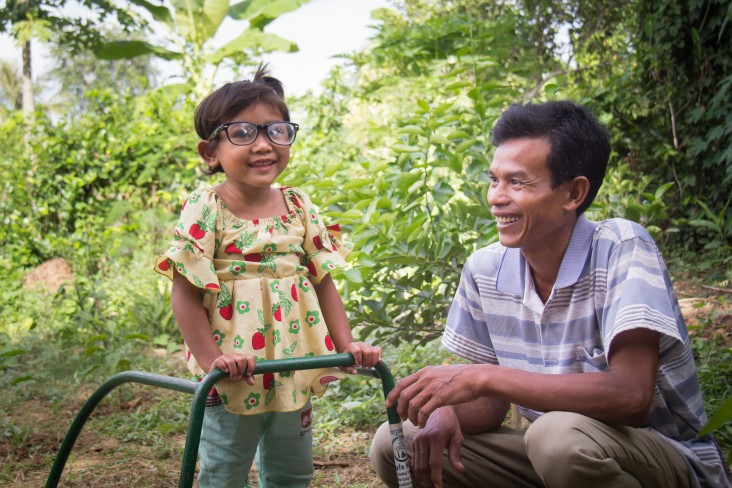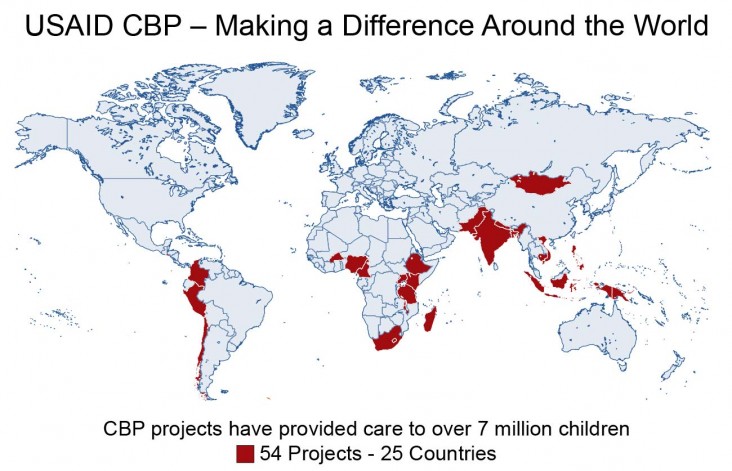- What We Do
- Agriculture and Food Security
- Democracy, Human Rights and Governance
- Economic Growth and Trade
- Education
- Environment and Global Climate Change
- Gender Equality and Women's Empowerment
- Global Health
- Humanitarian Assistance
- Transformation at USAID
- Water and Sanitation
- Working in Crises and Conflict
- U.S. Global Development Lab
Speeches Shim

Since 1991, USAID's Child Blindness Program has provided eye care to over seven million children worldwide.
- Globally, 239 million children live with poor vision, 1.4 million children are blind from disease and another 2 million are categorized as blind due to uncorrected refractive error.
- An estimated 80% of all learning occurs through vision during the formative first 12 years of a child's life
- At least 95% percent of visual impairment in children is due to refractive error that can be corrected with inexpensive eyeglasses.
- More than half of blind children are girls, who are disproportionately affected by vision problems due to a lack of access to corrective services.
With an emphasis on quality and innovation, USAID prevents and treats blindness, restores sight and provides eyeglasses to thousands of people in the poorest communities of the world each year through the Agency's Child Blindness Program. Since the beginning of this program, the generous support of the American people has made it possible to provide eye care to over seven million children.
In low income countries, where most of this visual impairment exists, children lack the necessary visual aids, services or surgeries to help them participate in typical and important childhood activities such as education, reading and play. When a child suffers from impaired vision or goes blind, it reduces their long-term economic and development potential and affects their family, community and country.
Learn more about USAID's Child Blindness Program
USAID's Child Blindness Program investments and actions are strategically focused around two main goals:
- To increase the number of children provided with quality vision-saving eye care services
- To advance the global knowledge base on best practices and innovative approaches for pediatric eye care programs
Child Blindness Program Grants
To maximize our impact on reducing child blindness, USAID releases grants to small U.S.-based and international organizations to support the Program's goals. Applicants are encouraged to consider strategic partnerships, leverage expertise from other organizations and promote local systems strengthening. USAID's Child Blindness Program is now accepting grant applications, with submissions due by Wednesday, November 4th.
Find out how to apply for a Child Blindness Program Grant
Building on lessons learned from past grant processes, USAID's Child Blindness Program has put together a set of recommendations [PDF, 170K] and frequently asked questions [PDF, 180K] to consider when putting together a grant application, which is available here.
Examples of the Child Blindness Program's work include providing sight-restoring surgery, screening children for eye diseases and conditions, delivering eyeglasses and visual aids to schools, providing education and rehabilitation services for the blind, assessing innovative technologies to improve service delivery, providing eye health education, and training medical staff and community-based workers.
Learn more about the Child Blindness Program's past projects [PDF, 857KB]


Comment
Make a general inquiry or suggest an improvement.